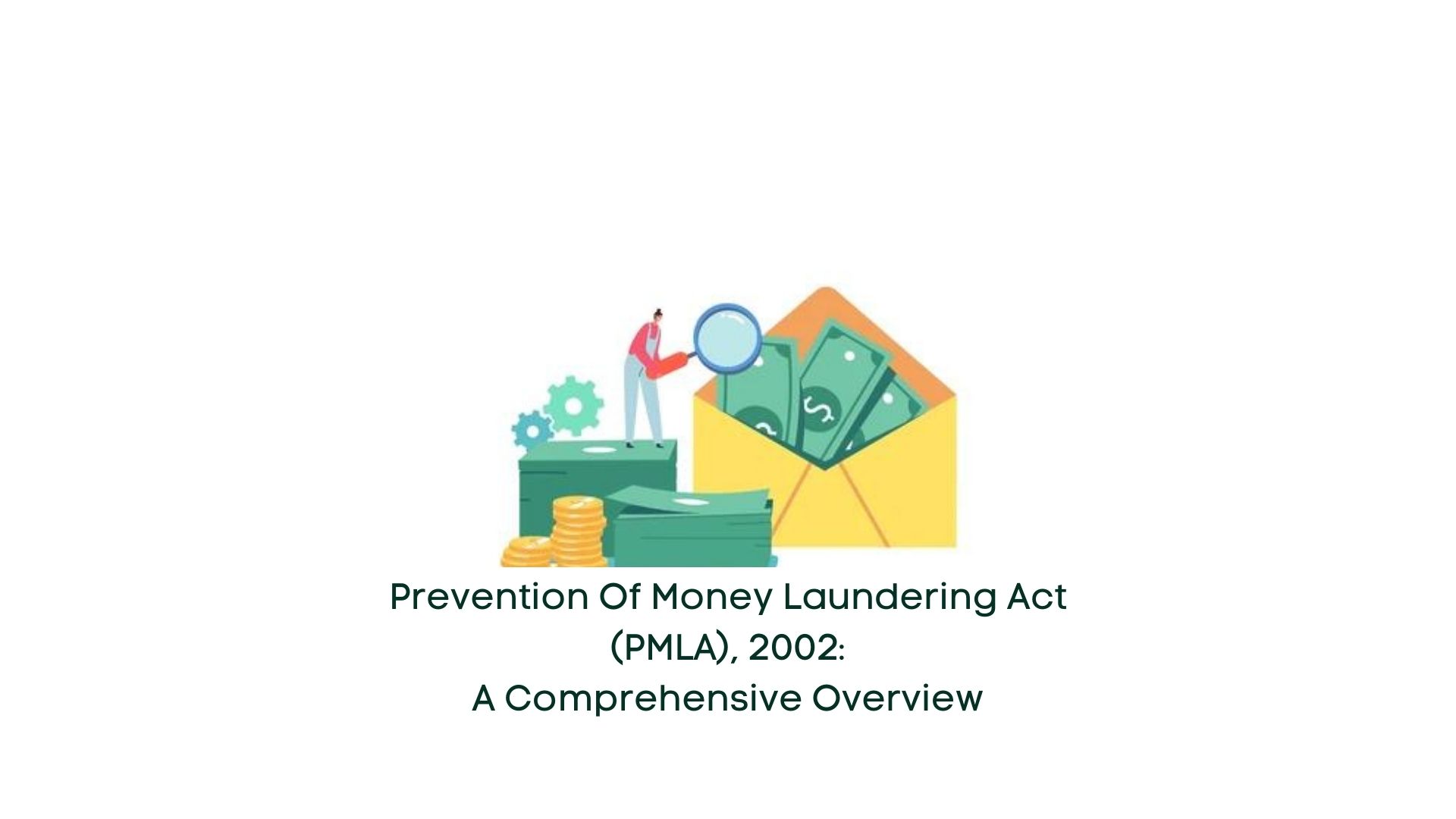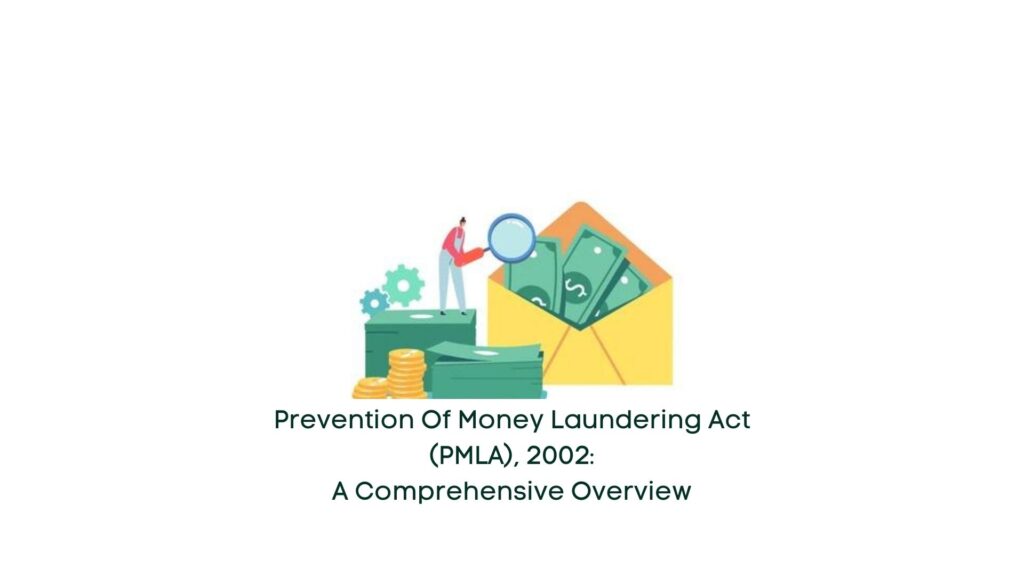
18 Mar Prevention of Money Laundering Act (PMLA), 2002: A Comprehensive Overview

The Prevention of Money Laundering Act, 2002 (PMLA) was enacted to combat the criminal act of legitimizing income derived from illegal sources. It empowers the government or relevant authorities to seize property acquired through proceeds obtained from unlawful activities, commonly known as money laundering.
Understanding Money Laundering
Money laundering involves the conversion of illegally obtained funds, such as black money, into legitimate assets, thereby obscuring its illicit origin. This process typically entails routing the unlawfully acquired funds through various transactions or channels to make them appear legitimate, eventually integrating them into the formal financial system.
Objectives of the PMLA
The PMLA aims to achieve several key objectives:
- Prevent money laundering activities.
- Deter the flow of funds into illegal activities and economic crimes.
- Facilitate the confiscation of properties derived from or used in money laundering.
- Penalize offenders engaged in money laundering offenses.
- Establish adjudicating authorities and appellate tribunals to address money laundering cases.
- Address matters connected and incidental to money laundering activities.
Common Methods of Money Laundering
Money laundering can take various forms, including:
- Hawala
- Bulk cash smuggling
- Fictional loans
- Cash-intensive businesses
- Round-tripping
- Trade-based laundering
- Shell companies and trusts
- Real estate
- Gambling
- Fake invoicing
Understanding Money Laundering Offenses
An individual commits the offense of money laundering when directly or indirectly involved in concealing, possessing, acquiring, or using proceeds of crime. This includes projecting or claiming tainted money as untainted property.
List of Offenses Under PMLA
The PMLA encompasses offenses under various acts, such as the Indian Penal Code, Narcotics Drugs and Psychotropic Substances Act, Prevention of Corruption Act, among others. These offenses are categorized into three parts based on their nature and value involved.
Operational Stages of Money Laundering
Money laundering typically involves three stages:
- Placement: Introducing illegally obtained funds into the formal financial system.
- Layering: Concealing and spreading the funds across various transactions to obscure their illicit origin.
- Integration: Reintegrating the funds into the financial system as legitimate assets.
Authorities and Actions Against Money Laundering
The Enforcement Directorate, under the Department of Revenue, Ministry of Finance, is responsible for investigating money laundering offenses. Financial Intelligence Unit – India (FIU-IND) coordinates efforts to combat money laundering and related crimes.
Role of Adjudicating Authority
The Adjudicating Authority appointed under the PMLA assesses complaints related to money laundering offenses. It has the power to issue notices, record findings, and order the attachment or confiscation of properties involved in money laundering.
Obligations of Banks and Financial Institutions
Financial institutions and intermediaries are obligated to maintain records of transactions, verify client identities, and report suspicious activities to the authorities. Failure to comply may result in fines imposed by the Director appointed under the PMLA.
Conclusion
The Prevention of Money Laundering Act, 2002, underscores the importance of combating illicit financial activities and preserving the integrity of the financial system. Through stringent regulations, enforcement mechanisms, and collaborative efforts, the PMLA aims to curb money laundering and safeguard economic interests.


No Comments